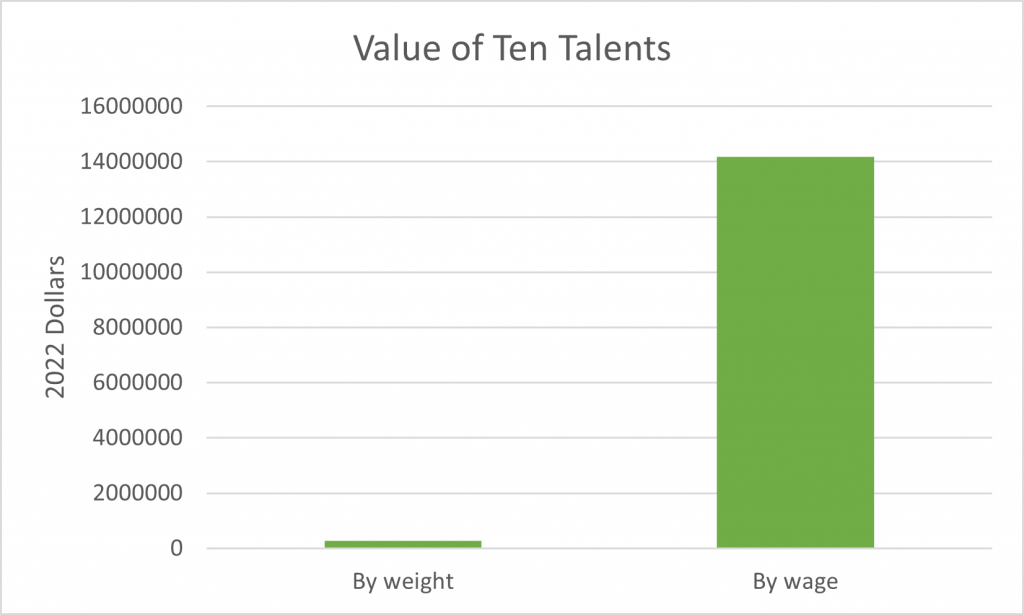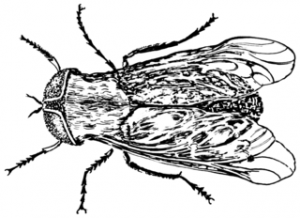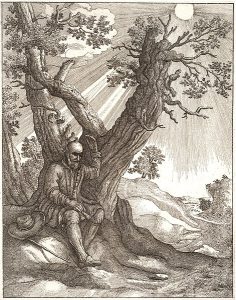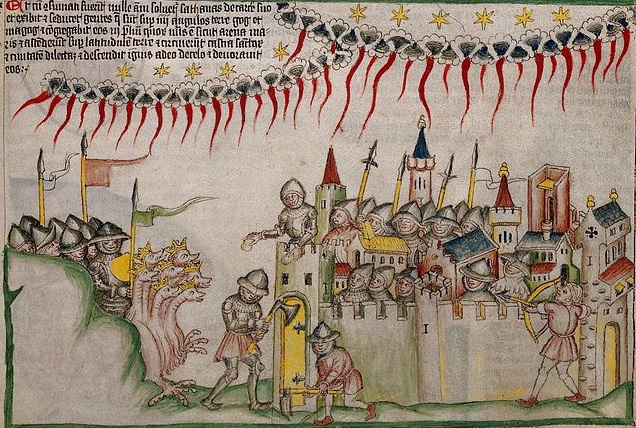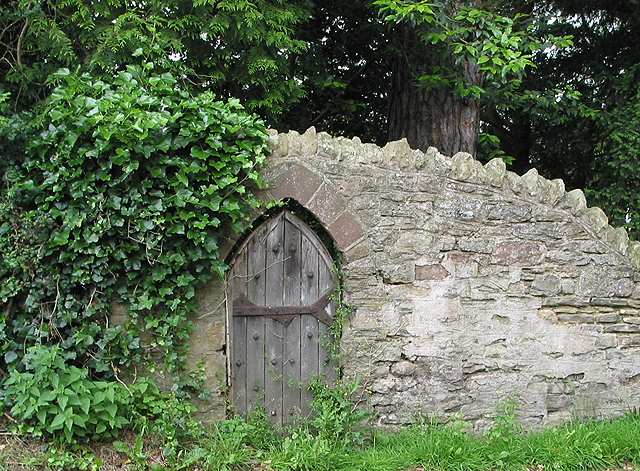Yesterday, I came across a helpful calculation of the sum of money that Tobit sent his son, Tobias, to retrieve from his relative: ten talents of silver. How much is ten talents actually worth?
Robert J. Littman’s commentary offers this helpful note:
“The only way to calculate the value of ten talents is to compare it to wages and buying power. At this period the wages for an individual were approximately one drachma per day. Ten talents would contain 60,000 drachmas, in comparative American wages of 2006, $6,000,000. In terms of silver value, a talent weighs approximately 20 to 40 kgs., and 26 kgs. in ancient Greece. At the 2006 price of silver at $11.50 per ounce, the value of one talent, weighing 26 kg, would be $10,547, and the value of 10 talents would be $105,468. In any case, this is an enormous sum of money.” (Source: Robert J. Littman, Tobit: Commentary, ed. Stanley E. Porter, Richard S. Hess, and John Jarick, Septuagint Commentary Series (Leiden; Boston: Brill, 2008), 57.)
Ok, so to re-work the calculation for today, a talent of silver works out to about 75 pounds (at least most of the reference books use this number–and it is within Pittman’s parameters at 34 kgs).
- Calculation #1: By Weight
Today’s spot-price on silver: $22.69/oz
One talent = 1200 ounces = $27,228 (in 2022 dollars)
Tobit’s stash of ten talents = $272,280 - Calculation #2: By Wage
Daily wage in ancient Greek world: One drachma
Daily wage in 2022 America (I’m using a median hourly wage of $29.55 from data tables provided by the State of Washington multiplied by an 8 hour day): $236.40
One talent = 6,000 drachma = 6,000×236.40 = $1,418,400
Tobit’s stash of ten talents = $14,184,000
Here’s a chart showing the dramatic difference in the two calculations:
While I am not going to calculate out every possible instance here, take a look at this chart I’ve prepared of other biblical instances of talents of silver, calculated two different way:
| Silver Talents | Talents | Ounces | By Weight | By Wage |
| Exod 38:25 | 100 | 120,000 | $2,722,800 | $141,840,000 |
| Exod 38:29 | 70 | 84,000 | $1,905,960 | $99,288,000 |
| 1 Kings 10:10 | 120 | 144,000 | $3,267,360 | $170,208,000 |
| 1 Kings 10:14 | 666 | 799,200 | $18,133,848 | $944,654,400 |
| 1 Kings 16:24 | 2 | 2,400 | $54,456 | $2,836,800 |
| 2 Kings 5:5 | 10 | 12,000 | $272,280 | $14,184,000 |
| 2 Kings 5:23 | 2 | 2,400 | $54,456 | $2,836,800 |
| 2 Kings 15:19 | 1000 | 1,200,000 | $27,228,000 | $1,418,400,000 |
| 2 Kings 18:14 | 100 | 120,000 | $2,722,800 | $141,840,000 |
| 2 Kings 23:33 | 100 | 120,000 | $2,722,800 | $141,840,000 |
It is important to remember that some of the talents in the Bible are actually in gold, not silver. I don’t have a good way of translating gold talents to a daily wage, but we can easily measure them by weight using today’s spot price on gold of $1802.90. Take a look at these examples:
| Gold Talents | Talents | Ounces | By Weight |
| Exod 38:24 | 29 | 34,800 | $62,737,440 |
| 1 Kings 9:14 | 420 | 504,000 | $908,611,200 |
| 1 Kings 10:10 | 120 | 144,000 | $259,603,200 |
| 1 Kings 10:14 | 666 | 799,200 | $1,440,797,760 |
| 2 Kings 18:14 | 30 | 36,000 | $64,900,800 |
| 2 Kings 23:33 | 1 | 1,200 | $2,163,360 |
So, we have two different precious metals and two different ways of calculating the value of a talent. Even though we can perform these kinds of conversion, it’s worth saying that economic value in the ancient world isn’t exactly translatable to economic value today. The way that we can reduce the value of land, food, personal property, diamonds and oil to American dollars is not really the way things worked in Ecbatana in Tobit’s time. These calculations are fun, but not necessarily accurate. That is, they are as accurate as we can get, but we have to account for the giant gulf of centuries of time, economic and cultural change. For me, the importance of this observation–that there are two different ways to calculate the value of a talent–puts many of these biblical passages into perspective. There’s a big difference between $272,000 and $14 million (in the case of Tobit’s stash). Considering both sides of the calculation might help us reach a more nuanced view of many of these passages.

